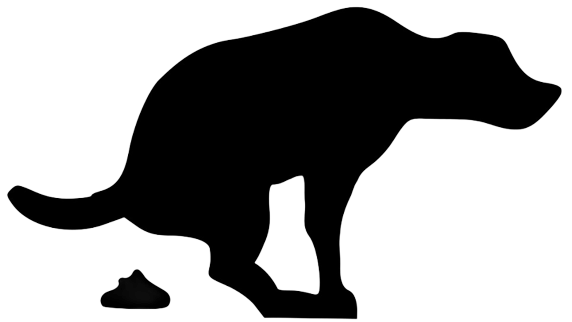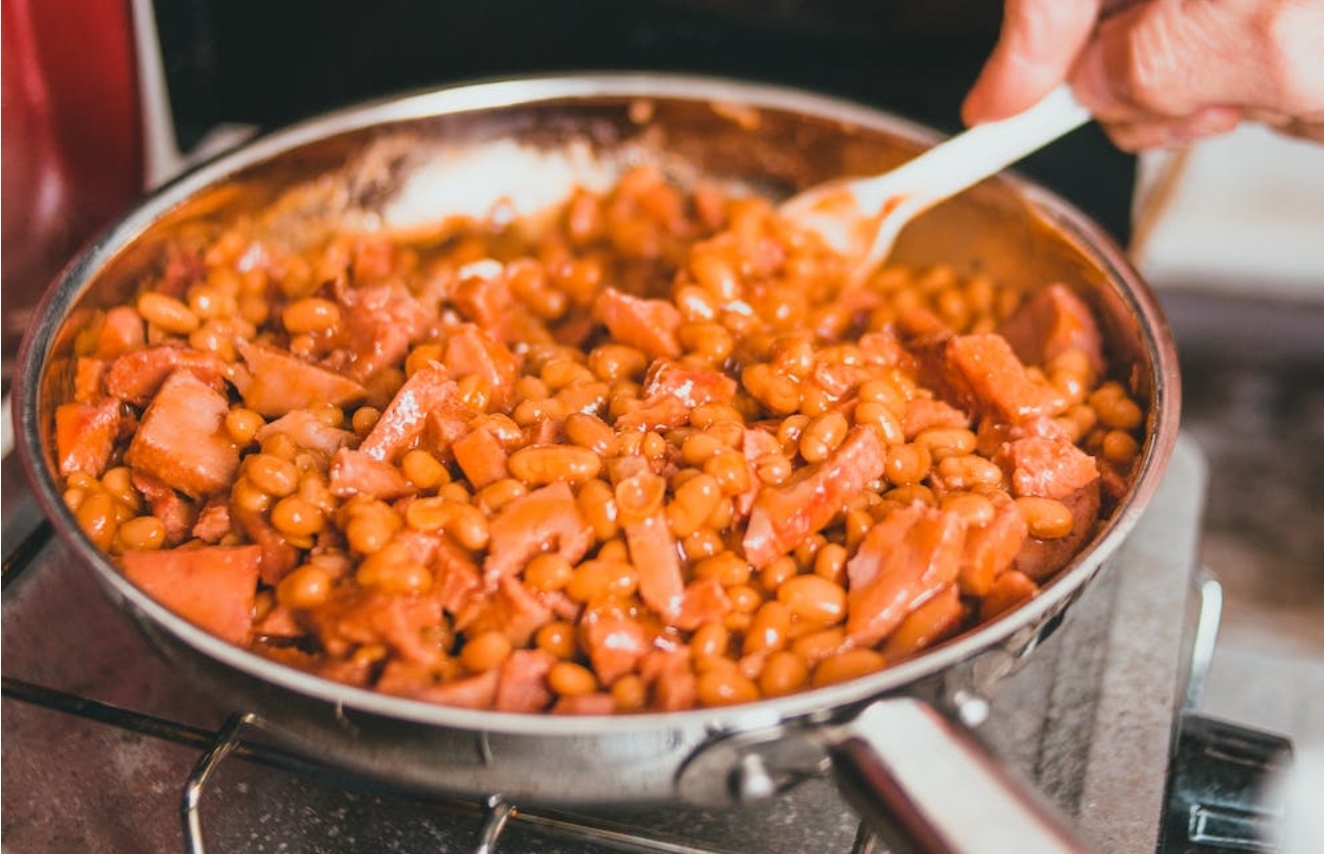The Gas-Powered Diet: Enhancing Flatulence for a Happier Gut

We often hear about diets designed for weight loss, muscle gain, or improved health, but have you ever considered a diet designed to enhance flatulence? While it may sound unusual, promoting flatulence can have its benefits, particularly for gut health and overall well-being. In this post, we’ll explore the “Gas-Powered Diet” and how it can help you achieve a happier and healthier gut.
Chapter 1: The Science of Flatulence
Before we dive into the diet itself, it’s crucial to understand the science behind flatulence. Flatulence, or passing gas, is a natural bodily function. It’s a result of the digestive process, during which our bodies break down food into nutrients and gases. When these gases accumulate, they need to be released, leading to the occasional toot.
Chapter 2: The Benefits of Flatulence
Believe it or not, flatulence is an essential bodily function with several benefits:
- Relief from bloating: Passing gas can alleviate uncomfortable bloating caused by trapped gases in the digestive system.
- Promoting gut health: Regular flatulence indicates a balanced gut microbiome, which is essential for overall digestive health.
- Reducing digestive discomfort: Excessive gas buildup can lead to abdominal pain and discomfort, making flatulence a natural way to alleviate these issues.
Chapter 3: The Gas-Powered Diet
The Gas-Powered Diet focuses on specific foods and dietary habits that promote healthy flatulence. Here are some key components of this unique diet:
- Fiber-rich foods: Foods high in soluble and insoluble fiber, like beans, lentils, whole grains, and fruits, promote healthy digestion and gas production.
- Probiotics: Consuming probiotic-rich foods such as yogurt, kefir, and fermented vegetables can help maintain a balanced gut flora.
- Spices: Certain spices, like ginger, garlic, and cumin, can stimulate the digestive system and increase gas production.
- Carbonated beverages: Sparkling water and other carbonated drinks can introduce gas into the digestive system, leading to more frequent flatulence.
- Slow eating: Chewing food thoroughly and eating slowly can reduce the amount of air swallowed during meals, which can lead to less bloating and more productive flatulence.
Chapter 4: Sample Gas-Powered Diet Plan
Here’s a sample one-day Gas-Powered Diet plan:
- Breakfast: Greek yogurt with honey, a banana, and a sprinkle of ground flaxseeds.
- Snack: A handful of almonds.
- Lunch: A lentil and vegetable stew with whole-grain bread.
- Snack: Carrot sticks with hummus.
- Dinner: Grilled salmon with roasted asparagus and quinoa.
- Dessert: A bowl of fresh berries with a touch of ginger.
Chapter 5: Caution and Considerations
It’s important to note that excessive flatulence can be a sign of an underlying health issue. If you experience severe gas or discomfort, it’s essential to consult a healthcare professional. Additionally, the Gas-Powered Diet may not be suitable for everyone, so be sure to tailor it to your individual needs and preferences.
Conclusion
While the Gas-Powered Diet may not be for everyone, there’s no denying that flatulence is a natural and essential part of the digestive process. By incorporating gas-promoting foods and habits into your diet, you can promote gut health, reduce discomfort, and enjoy the benefits of a happier gut.
Remember that a balanced diet, regular exercise, and good hydration are crucial for overall well-being. If you decide to experiment with the Gas-Powered Diet, do so mindfully, and consult with a healthcare professional if you have any concerns.







